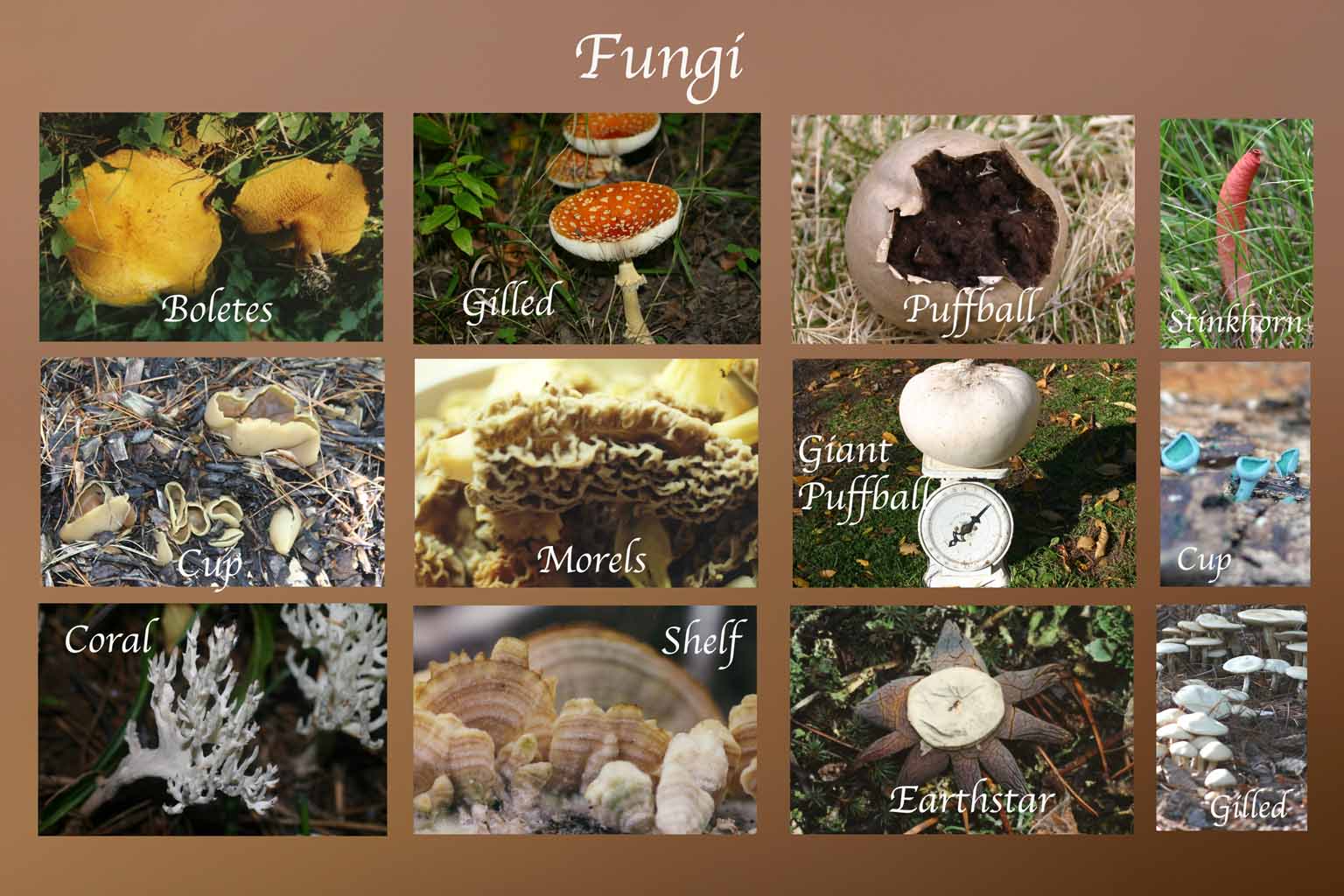Fungi represent a diverse kingdom of organisms that thrive in various environments, notably in tropical climates where conditions favor their growth and reproduction. This intricate group, which encompasses a plethora of species and forms, plays a crucial role in ecological balance, nutrient cycling, and even human health. In the exploration of tropical fungi, one can delineate among several major types, including yeasts, molds, and mushrooms, each exhibiting unique characteristics and ecological roles.
Understanding the types of fungi prevalent in tropical regions involves delving into their biological and ecological roles. The humid and warm conditions of tropical climates facilitate the proliferation of fungi, making them a significant component of the ecosystem. With a rich array of species, fungi contribute to both the biodiversity of their habitats and serve functional purposes such as decomposition and symbiosis.
Yeasts: The Unsung Heroes of Fermentation
Yeasts, a subset of fungi, are unicellular organisms that are primarily known for their role in fermentation processes. They thrive in nutrient-rich environments, often found on the surfaces of fruits and within decaying plant matter in tropical settings. The most notable yeast species, Saccharomyces cerevisiae, is widely exploited in agriculture and food production, particularly in the brewing and baking industries.
In tropical climates, yeasts contribute to the decomposition of organic materials, fostering nutrient cycling within the ecosystem. Their metabolic processes enhance soil quality and fertility, supporting plant growth and contributing to the lushness characteristic of tropical forests. Moreover, certain strains of tropical yeast have drawn interest in biotechnology, where they are engineered for applications such as bioethanol production and bioremediation.
While yeasts are often perceived as benign, some species can become opportunistic pathogens. In immunocompromised individuals, for example, they can give rise to infections that complicate clinical outcomes. Knowledge of tropical yeast species and their ecological significance is essential not only for environmental study but also for public health considerations.
Molds: The Decomposers of the Tropical Realm
Molds, another critical group of fungi, are filamentous organisms that reproduce through spores. These organisms are ubiquitous in tropical environments, thriving on decaying organic matter, such as fallen leaves and rotting wood. The humid atmosphere provides an ideal milieu for their growth, and they play a pivotal role in the decomposition process, breaking down complex organic compounds and returning nutrients to the soil.
A prominent genus of mold found in tropical regions is Aspergillus, which includes species with significant economic and health implications. Aspergillus niger, for instance, is utilized in industrial fermentation processes to produce citric acid, an important compound in food production. However, certain strains of Aspergillus also produce mycotoxins, which can contaminate crops, posing risks to human and animal health.
Another noteworthy group is the genus Penicillium, known not only for its role in the production of antibiotics but also for its prevalence in tropical climates. Species within this genus can be involved in the spoilage of food, yet they are equally integral to industries, contributing to the production of various cheeses and fermented products.
The ecological significance of molds in tropical climates cannot be overstated; they are instrumental in nutrient cycling. Their ability to degrade lignin and cellulose makes them essential for breaking down plant materials, thereby promoting soil health and fertility. Understanding the balance between the beneficial and harmful aspects of molds enriches our knowledge of tropical ecosystems and their associated risks.
Mushrooms: The Fruiting Bodies of Fungal Diversity
Mushrooms represent the reproductive structures of certain fungi and display some of the most fascinating diversity within the kingdom. In tropical regions, various species of mushrooms flourish in symbiotic association with plants, forming mycorrhizal relationships that enhance nutrient acquisition for both partners. This symbiotic interaction exemplifies the complexity of tropical ecosystems, where fungi contribute to the overall health and resilience of rainforest habitats.
Among the diverse array of tropical mushrooms, some species possess culinary and medicinal value. For instance, the popular culinary mushroom Agaricus bisporus, also known as the button mushroom, can be found in cultivated settings throughout the tropics. Additionally, many mushrooms possess bioactive compounds, leading to interest in their medicinal properties. The reishi mushroom (Ganoderma lucidum) is celebrated in traditional medicine for its purported health benefits, including immune modulation and antioxidant properties.
However, the allure of tropical mushrooms is accompanied by significant risks. Certain species, such as those from the Amanita genus, are highly toxic and can lead to severe poisoning if consumed. Understanding the taxonomy and identifying characteristics of tropical mushrooms is critical for safe consumption and therapeutic application, underscoring the need for guided foraging and education about local species.
Impact on Biodiversity and Ecosystem Services
The diverse types of fungi found in tropical climates contribute significantly to biodiversity and the provision of essential ecosystem services. By breaking down organic matter and recycling nutrients, fungi enhance soil quality and support the growth of diverse plant species. Their importance extends to the regulation of plant communities and the maintenance of ecological balance.
The mycorrhizal associations that mushrooms form with plant roots are particularly critical for nutrient exchange, especially in nutrient-poor tropical soils. This symbiotic relationship improves water uptake and nutrient acquisition, demonstrating how fungi and plants have evolved together, enhancing each other’s survival and reproductive success.
Moreover, the presence of fungi in tropical ecosystems offers numerous opportunities for human use. From agricultural advancements in sustainable practices through the use of mycorrhizal fungi to the development of novel pharmaceuticals derived from fungal metabolites, the potential benefits of tropical fungi are extensive. Nonetheless, conservation efforts are essential to protect these organisms and their habitats in the face of deforestation and climate change.
Conclusion
Tropical climates serve as a rich reservoir of fungal diversity, showcasing a multitude of species that play vital roles in ecological processes. From yeasts and molds to mushrooms, each type of fungus contributes uniquely to nutrient cycling, plant health, and human welfare. An appreciation for the complexity of these organisms encourages further investigation and application, while also necessitating the protection of their habitats to ensure the continued viability of the intricate relationships that underlie tropical ecosystems.
